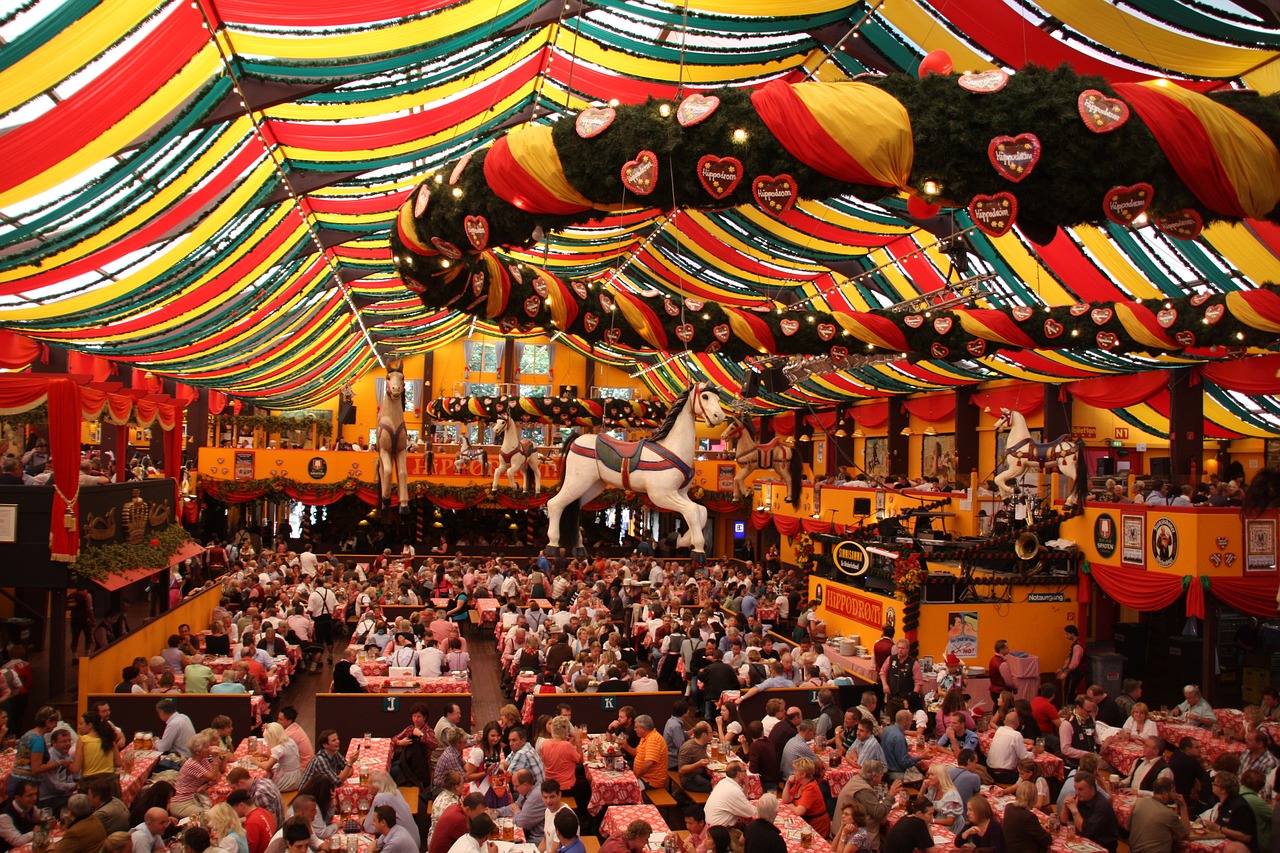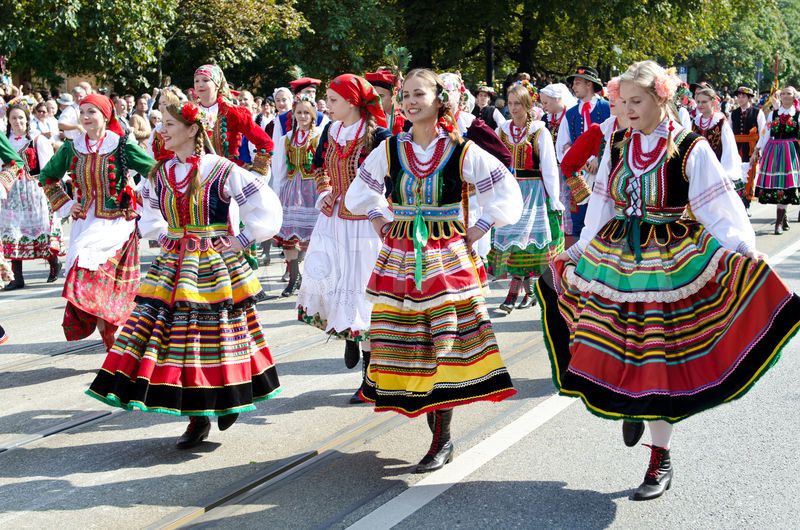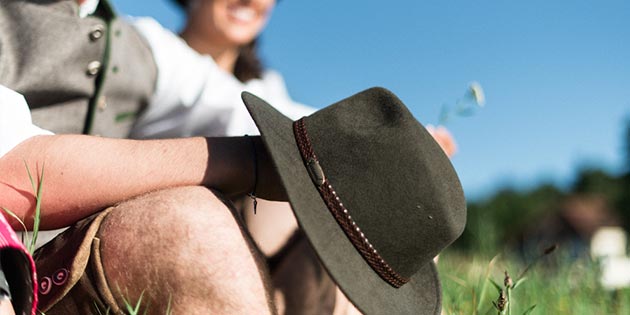
Oktoberfest 2018
This event kicked off in Munich on September 22 and running until 7 October 2018. It was a great time to be in Munich and celebrate this wonderful tradition.
First Oktoberfest
The first Oktoberfest took place on October 12, 1810 in Munich to celebrate the marriage of Bavaria’s Crown Prince Ludwig to Princess Therese Charlotte Luise of Saxony-Hildburghausen. Ludwig would become King Ludwig I of Bavaria. Munich’s citizens were invited to partake in the marriage celebration, and the festivities until Oct. 17, with horse races, music and dancing held on the meadow in front of the city gates. The celebrations now start in September for the milder weather.
Munich's tradition
Since 1950, the Oktoberfest begins at noon on a Saturday in the second half of September with the ceremony of tapping the first keg. This is traditionally done by Munich’s Mayor at the oldest tent of the festival, the Schottenhamel tent. The Mayor gives his best to tap the keg with the fewest possible hits with a hammer, as he knows that next day’s headlines will be about how many he needed before exclaiming “O’zapft is!” (keg breached). The beer served at the Schottenhamel tent is Spaten-Franziskaner. A gun salute is fired in the air to the Bavaria statue. This tradition goes back many years and is a sign for the landlords in the other tents that they too can now begin to sell their beer.
The 'Big Six' breweries
The beer served at the Oktoberfest can only come from six old traditional and Munich based breweries (the “Big Six”). The breweries are: Augustiner, Paulaner, Spaten-Franziskaner, Löwenbräu, Hacker-Pschorr and Hofbräu. Each of the main Oktoberfest tents serves its own brand. The tents are often run by the same Munich based families for generations. The families often also run wirtshauses, restaurants and beer gardens throughout Munich.

Festival highlights
The highlight of the first Sunday of the festival is another colourful festive parade through Munich and to the festival grounds of the Theresienwiese, theTrachten- und Schützenzug (Historical Costume and Riflemen Parade). Some 9,500 people take part in the costumed parade with horse carriages and by foot, accompanied by brass orchestras and bands. The parade begins at 10am. Participants aren’t limited to Munichers and guests from other parts of Germany, guests in historical costumes come from all parts of Europe, such as from Austria, Italy, Croatia, Switzerland and Poland. They alternate in colourful sequences with sports and mountain troops, marching bands, historic costume groups, fanfare blowers and flag throwers. The route of the parade goes from the Maximilianeum through the city along the Maximilianstraße, the Residenzstraße to the Opera and further to the Odeonsplatz, where the parade halts to be greeted by the Prime Minister of the Free State of Bavaria and the Mayor). The parade then continues along the Briennerstraße to the Maximiliansplatz, Lenbachplatz, Karlsplatz (Stachus), Sonnenstraße, Schwanthalerstraße, Paul-Heyse-Straße, Kaiser-Ludwig-Platz until it finally reaches the Theresienwiese. The costume parade was held for the first time in 1835, to honour the silver wedding anniversary of King Ludwig I and Therese of Bavaria, and since 1950 it has been held regularly and has become an event that is broadcast on live television.

Traditional Bavarian souvenirs
Felt hats, beer mugs and gingerbread hearts are the most traditional Oktoberfest souvenirs. The Oktoberfest beer mug is redesigned every year and is a real collector’s item and popular souvenir. The classic design is already more than 100 years old. The printed motif is new every year - namely the respective Oktoberfest poster for that year. The mug is available at most souvenir stalls. In addition, many landlords sell their own beer mugs with Oktoberfest motifs in their tents. Gingerbread hearts and felt hats are available everywhere at the festival.
Closing Ceremony
Just as the opening of the festival, the closing also has a traditional ceremony – the Gun Salute. On the last day of the Oktoberfest, the traditional gun salute takes place at noon at the Bavaria statue. Every year the shooting kings of the Oktoberfest shooting competition are crowned here and this is celebrated with a salute. So, just as the Oktoberfest begins with the traditional twelve gun salute after the keg has been tapped, it ends in typical Bavarian fashion with brass bands and lots of saluting guns.
Why not plan an adventure around Oktoberfest! Check out Tours in Bavaria